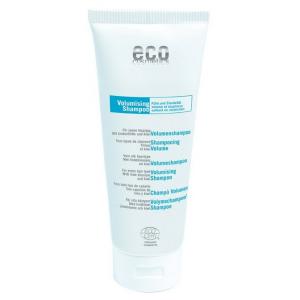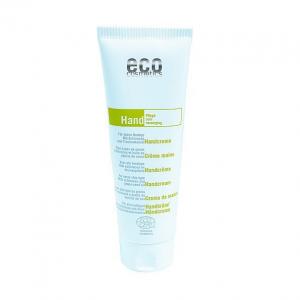Siberian Scabious (Crepis sibirica)
Other names: Aracium sibiricum (L.) Sch. Bip., Haplostephium sibiricum (L.) D. Don, Hieracioides sibiricum (L.) Kuntze
Harm score: 1 (Natural substances)
Siberian scabious (Crepis sibirica), also known as Aracium sibiricum (L.) Sch. Bip., Haplostephium sibiricum (L.) D. Don, Hieracioides sibiricum (L.) Kuntze is a plant belonging to the star family. This species-rich family is widespread throughout the world, but especially in northern and central Europe. The Siberian scabious is specific for its high resistance to low temperatures and its ability to grow even in the harsh conditions of the Siberian environment.
Although it is a relatively inconspicuous plant that is not brightly coloured or otherwise showy, it has a number of uses in various industries. In folk medicine, in particular, we find a number of references to its use. The effects of Siberian scabious are not scientifically proven, but it has traditionally been used to treat skin conditions such as psoriasis and eczema. It is also used in some cultures to treat fever and as a dietary supplement for animals, especially horses. Siberian scabious is also used in cosmetics, where it forms the basis for some creams and ointments. The plant also produces an aromatic oil which is used in aromatherapy. It is therefore a very versatile plant with many uses.
You won't find this substance in our products. Try the natural, chemical-free products in our range.

Volume shampoo BIO (200 ml) - with lime blossom and kiwi
Product detail